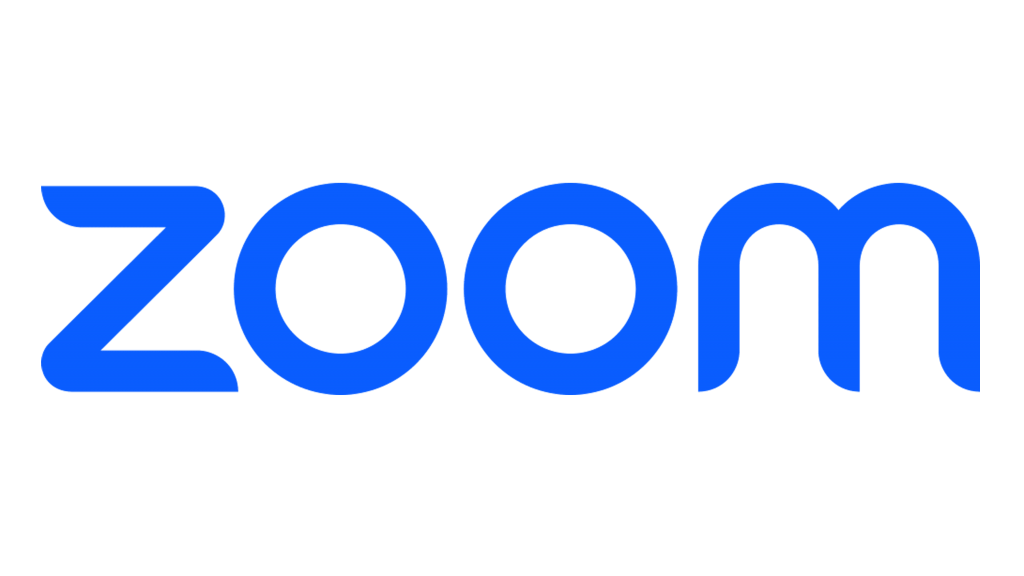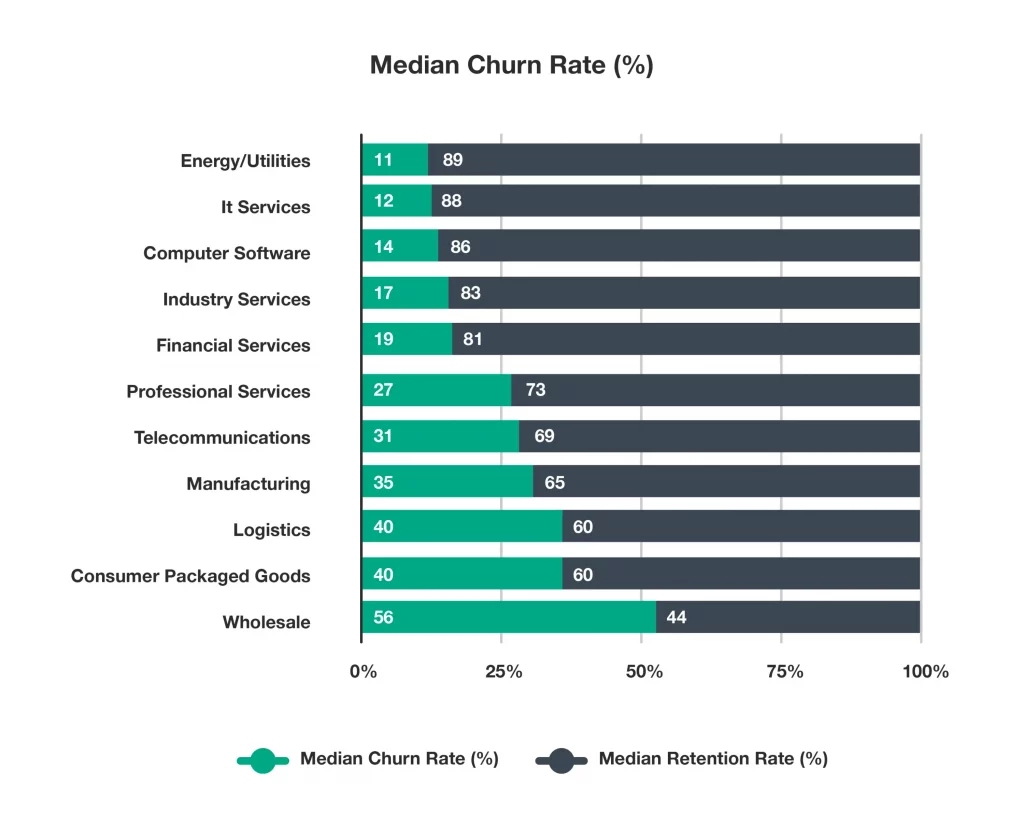Customer churn remains a constant threat to SaaS companies. Studies show churn rates hovering around 5% significantly impacting a company’s long-term growth.
How to reduce customer churn is a critical question for CEOs, COOs, and Customer Success Leaders. The good news is, that with the right strategies and tools, SaaS companies of all sizes can dramatically improve customer retention and loyalty in 2024.
This article explores how client intelligence platforms can be leveraged to gain valuable insights, develop actionable strategies, and ultimately reduce churn SaaS.

The SaaS Industry In 2024
The year 2024 presents both exciting opportunities and significant challenges for SaaS companies. The market is projected for explosive growth, fuelled by factors like increased cloud adoption and remote work models.
However, this growth intensifies competition, making customer retention more vital than ever. Beyond churn, additional challenges include:
Increasing customer acquisition costs (CAC): Attracting new customers is becoming increasingly expensive, making retaining existing ones even more crucial financially.
Feature bloat & complexity: With a constant stream of new features, some SaaS products can become overwhelming for users. This can lead to frustration and ultimately, churn.
Evolving customer expectations: Today’s customers demand a seamless, personalised user experience. Failing to meet these expectations can be a recipe for churn SaaS.
Leveraging Client Intelligence For Churn Reduction
Client Intelligence platforms offer a powerful weapon in the fight against churn. These platforms collect and analyse vast amounts of customer data, providing invaluable insights into user behaviour, sentiment and potential churn triggers.
By harnessing client intelligence, SaaS companies can gain a deeper understanding of their customers and identify those at risk of churning.
This allows for proactive intervention and the implementation of targeted strategies to address customer concerns before they decide to cancel, ultimately reducing churn SaaS.
Actionable Strategies To Reduce Customer Churn
Armed with client intelligence data, SaaS companies can implement a variety of strategies to reduce churn SaaS, including:
1) Personalised onboarding experiences
Tailoring the onboarding process to each customer’s specific needs ensures they understand the value proposition and get up and running quickly. This can significantly reduce initial confusion and the likelihood of churn.
2) Proactive customer support
Reaching out to at-risk customers before they encounter problems demonstrates responsiveness and builds trust. Proactive support can nip churn in the bud before it becomes a major issue.
3) Feature adoption campaigns
Highlighting features that address a customer’s specific pain points can increase engagement and value perception. Targeted campaigns showcasing relevant features can help users realise the full potential of the product and reduce churn SaaS.
4) Targeted customer success programmes
Providing personalised guidance and support to high-value customers can significantly reduce churn risk. Dedicated customer success programs ensure high-value customers feel supported and valued.
5) Regular communication
Keeping customers informed about product updates, success stories, and best practices fosters loyalty and engagement. Regular communication demonstrates you value your customers and keeps them invested in your product, ultimately reducing churn.
Tech & Tools To Reduce Customer Churn
Several client intelligence platforms cater specifically to the needs of SaaS companies. These platforms offer a range of features designed to help you collect, analyse and visualise customer data.
By integrating a client intelligence solution with your existing CRM and support systems, you can create a holistic view of your customer base and gain actionable insights to drive better customer churn reduction strategies. These platforms empower data-driven decision-making and proactive customer engagement, ultimately reducing churn.
Imagine this scenario: You leverage client intelligence data to identify a segment of customers struggling with a specific feature.
By launching a targeted campaign that showcases the feature’s benefits and provides step-by-step tutorials, you can significantly improve user adoption and reduce customer churn. This is just one example of how client intelligence empowers proactive strategies to combat churn.
Examples Of How Client Intelligence Reduced Churn
Numerous SaaS companies have successfully implemented client intelligence solutions to slash churn rates. Let’s take a look at some examples of how to reduce churn in the SaaS industry:
1) Slack

The popular communication platform Slack utilised machine learning algorithms to analyse user data and identify at-risk customers exhibiting signs of low engagement.
This might include infrequent logins or a lack of interaction with core features. By proactively reaching out to these users and offering personalised onboarding support or tailored resources, Slack was able to significantly reduce churn.
2) Zoom

The video conferencing giant Zoom leveraged client intelligence to understand user sentiment during the initial months of the COVID-19 pandemic.
By analysing in-meeting chat transcripts and user surveys, Zoom identified concerns around security and usability for a surge of new users unfamiliar with the platform. They responded by launching targeted tutorials and beefing up security features, ultimately mitigating churn and retaining a wider customer base.
3) Canva

The design platform Canva employs client intelligence to monitor user behaviour and identify features with low adoption rates. This data revealed a specific design toolset underutilised by a particular user segment.
Canva then launched targeted in-app guides and explainer videos specifically focused on these underutilised features. The result? A significant increase in user adoption of these features, leading to a reduction in churn for the identified user segment.
These real-world examples demonstrate how leading SaaS companies leverage client intelligence to:
A) Proactively identify at-risk customers: By analysing user behaviour and engagement data, companies can identify users who might be considering churning before they actually do.
B) Tailor onboarding and support: Client Intelligence allows for personalised guidance and resources, addressing specific user needs and leading to higher engagement and reduced churn. Research shows that 28% of subscribers say that a personalised experience is the number one factor when it comes to remaining with a SaaS company.
C) Optimise product features: Analysing user interaction data helps identify underutilised features, allowing for targeted improvements and ultimately increasing feature adoption and reducing churn.
Getting Started
Integrating client intelligence into your operations doesn’t have to be daunting. Start by identifying key metrics that will help you measure churn and customer health.
These metrics might include customer lifetime value (CLTV), monthly recurring revenue (MRR) churn, and Net Promoter Score (NPS). Once you have a clear understanding of your current churn rate and key customer health indicators, you can begin to:
A) Choose a client intelligence platform
Several platforms cater to SaaS companies, each with its own strengths and weaknesses. Consider factors like your budget, data needs, and desired functionalities when making your selection.
B) Collect the right data
Start by integrating the client intelligence platform with your CRM, support system, and any other relevant data sources. This will allow you to gather comprehensive customer data for analysis.
By analysing this data through the lens of how to reduce customer churn in SaaS, you can identify patterns and trends that might be contributing to churn, giving you valuable insights to inform strategies that effectively reduce churn.
C) Identify low-hanging fruit
Analyse your initial data to identify areas for improvement with the biggest potential impact on customer churn reduction. This might involve targeting specific features with low adoption rates or addressing common customer pain points revealed in sentiment analysis.
By focusing on these areas first, you can make quick wins and gain momentum in your fight against churn.
Final Thoughts
Reducing churn SaaS is not a one-time fix; it’s an ongoing process that requires continuous monitoring, adaptation, and investment in both technology and customer success practices.
However, by leveraging client intelligence platforms and implementing data-driven strategies, SaaS companies can significantly improve customer retention and build a thriving, loyal customer base in 2024 and beyond.


